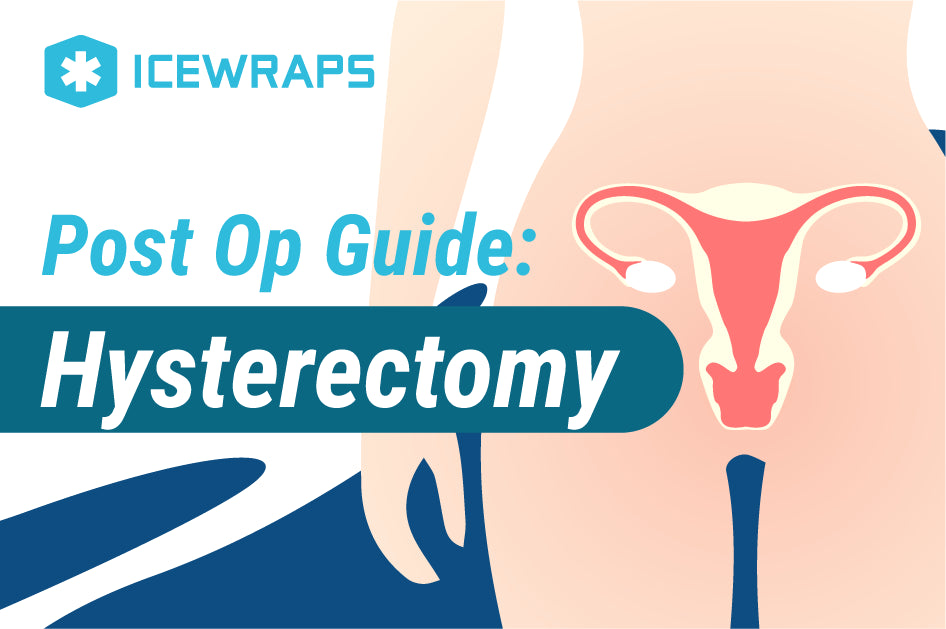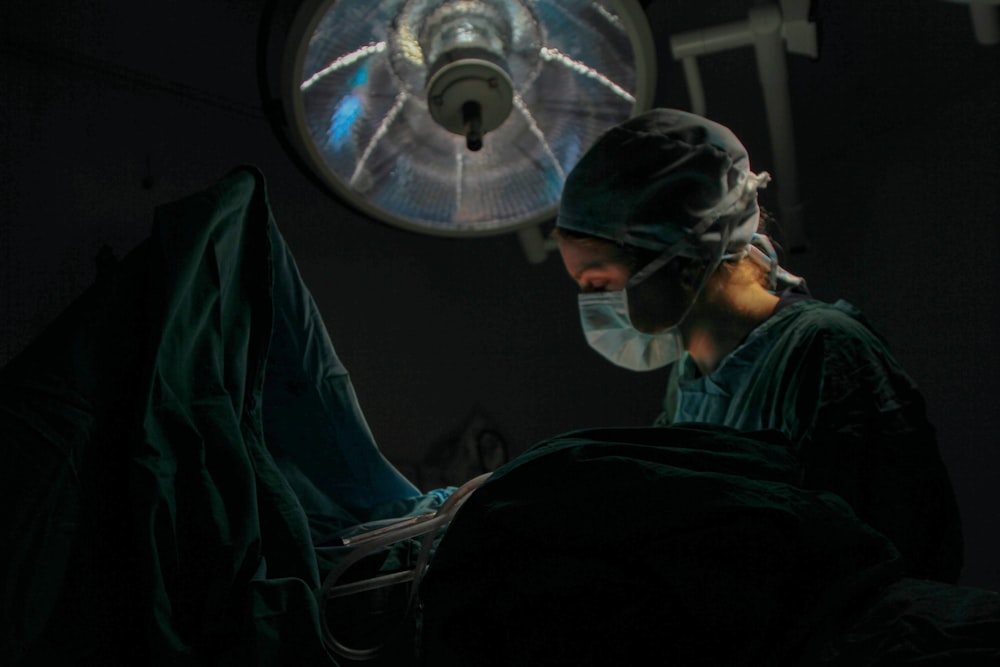Your Cart is Empty

A hysterectomy is the second most common surgery that women undergo in the United States (first being the C-section). Around 20 million American women have experienced a hysterectomy and it’s estimated that doctors perform 600,000 hysterectomies every year.
A hysterectomy is an operation that takes out a woman's reproductive organs, which include the uterus, the cervix, ovaries, and fallopian tubes.
There are several reasons why women undergo this surgical procedure. A hysterectomy is a viable option if you have a condition like endometriosis, chronic pelvic pain, or cervical cancer that cannot be managed with chemotherapy.

The procedure is generally safe and low-risk. If you want to learn more about the types of hysterectomies and the post op recovery process, read on.
In this article, we will discuss:
Different women get different types of hysterectomies.
There are 4 types of hysterectomy procedures:
(1) partial orsupracervical hysterectomy, (2) total hysterectomy, (3) radical hysterectomy, and (4) hysterectomy and salpingo-oophorectomy.

Photo from National Women's Health Network
The type you’ll have is based on the reason behind the surgery and how much of your uterus and reproductive organs can stay intact.
Here’s what you should know about the various kinds of hysterectomies:
In partial/supracervical hysterectomy, only a part of your uterus will be taken out and your doctor will keep your cervix as is.
Asupracervical hysterectomy will NOT be appropriate for you if you have cervical cancer or an abnormal pap smear. You can leave your cervix intact if you don’t have any reason to remove it. But it will mean you’re still at risk of cervical cancer.
A total hysterectomy removes all of your uterus, which includes the cervix. With this procedure, you won't have to worry about developing cervical cancer in the future. This is why many doctors recommend it over asupracervical hysterectomy.
Out of all the types, a total hysterectomy is the one that is performed the most often.
This type of hysterectomy is typically done if you have a form of gynecological cancer like ovarian or cervical cancer. You may need a radical hysterectomy if your body can’t handle chemotherapy or radiotherapy, or if these haven't been effective in treating your cancer.
A radical hysterectomy will involve removing the following:
During this surgery, the doctor will take out your entire uterus as well as your fallopian tubes and/or ovaries.
Doctors will recommend a hysterectomy and salpingo-oophorectomy if you’re at high risk of ovarian cancer since your ovaries should only be taken out as a last resort. Should you proceed with having both ovaries removed, you may need hormone replacement therapy.
There are 3 ways surgeons perform a hysterectomy. For all of these methods, you’ll need a local or general anesthetic so you won’t experience any pain during the surgery.
This procedure will involve making a big incision in your belly to remove your uterus. Your surgeon may do the cut horizontally or vertically. Usually, a vertical cut will be done if you have an enlarged uterus caused by fibroids or gynecologic cancer. Thehysterectomy scar will be minimal regardless of how the incision is made.
A vaginal hysterectomy is typically recommended for fibroids that develop because of endometriosis. However, your doctor may suggest an abdominal hysterectomy when your fibroids are large and cannot be taken out through your vagina. It may also be recommended if your cancer causes pelvic tumors.
It will take around an hour to carry out this operation.
Total hysterectomies are performed vaginally. A vaginal hysterectomy will require cutting a small incision in the top of your vagina, enough to fit small surgical instruments. Your doctor will insert the tools into your vagina to separate the uterus from the ligaments that keep it attached.
Once your uterus and cervix have been taken out, the cut will be stitched. You won't have a visiblehysterectomy scar since the incision is internal.
Vaginal hysterectomies are usually about an hour to three hours long.
A laparoscopic hysterectomy uses a tool known as a laparoscope. A laparoscope is a long tube with a lighted camera that helps your surgeon view your uterus without making a large incision.
Once the laparoscope is in, the surgeon will then place surgical instruments in your abdomen (making further small incisions) in order to remove your uterus.
You'll need to spend some time in the hospital after your hysterectomy. This can be 2-5 days depending on the type of surgery you had.
Here are some things you should remember immediately after the surgery:
After you’re discharged from the hospital, you have to take it easy. Your body needs time to heal.
Take note of the followingafter care tips:
You can fully recover from your operation within a span of 2 to 8 weeks, subject to the kind of hysterectomy you underwent.
After an abdominal hysterectomy, it will take about 6-8 weeks for you to heal. You’ll have a shorter recovery period if you had a vaginal hysterectomy, which can heal in as early as 2 weeks.
A laparoscopic hysterectomy is the least invasive surgery and therefore has the quickest recovery time of 6 days to 2 weeks.
Here’s other important information to know:
While all forms of hysterectomies are considered safe, like any surgery, there is a chance of complications. You should seek medical attention if you experience any of the following:
Every year, thousands of women undergo a hysterectomy. You shouldn't worry about getting one, as it's a safe procedure. Remember to follow your doctor'spost operative care instructions, report any major side effects, and don't overexert yourself.
Icewraps’ wide selection of gel and clay packs can support you as you recover and can make yourpost-op recovery more pleasant. You can use our oversized clay pack to soothe your swollen belly, or use our while our 4x10 cooling gel pack is good for alleviating pain in your incision site. We also recommend our instant perineal packs are also specifically designed to relieve discomfort in your vagina and help with any discharge.

|
 |
 |
| ICEWRAPS 12X21 OVERSIZE COLD THERAPY CLAY PACK WITH COVER | ICEWRAPS 4X10 REUSABLE MULTIPURPOSE HOT/COLD GEL PACK, 2 PACK | ICEWRAPS INSTANT PERINEAL COLD PACK - 12 COUNT SINGLE USE |
|
|
|
If you're a clinic or a hospital, we offer custom gel packs in a variety of colors and sizes for your patients. Check out our complete list here.
Comments will be approved before showing up.